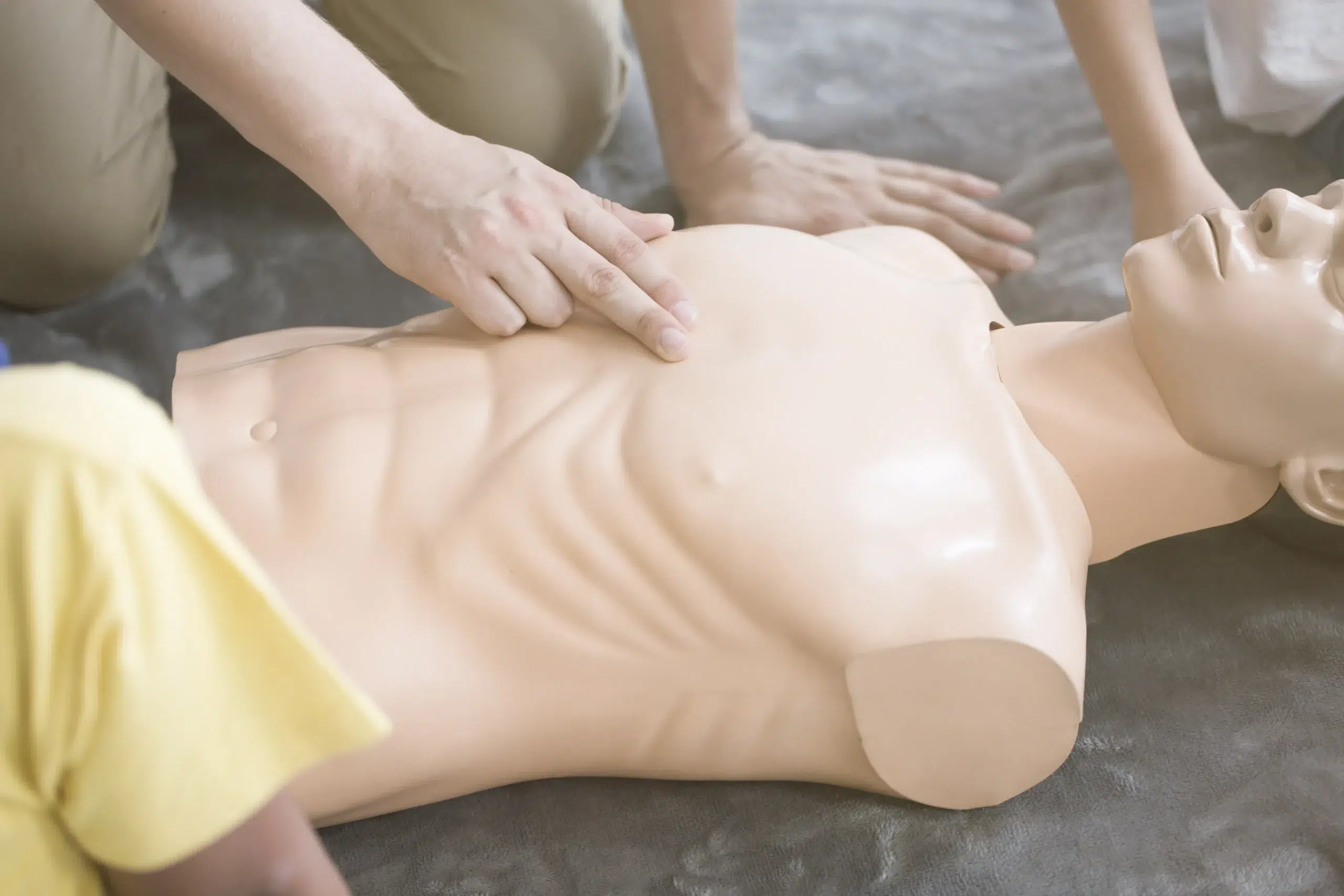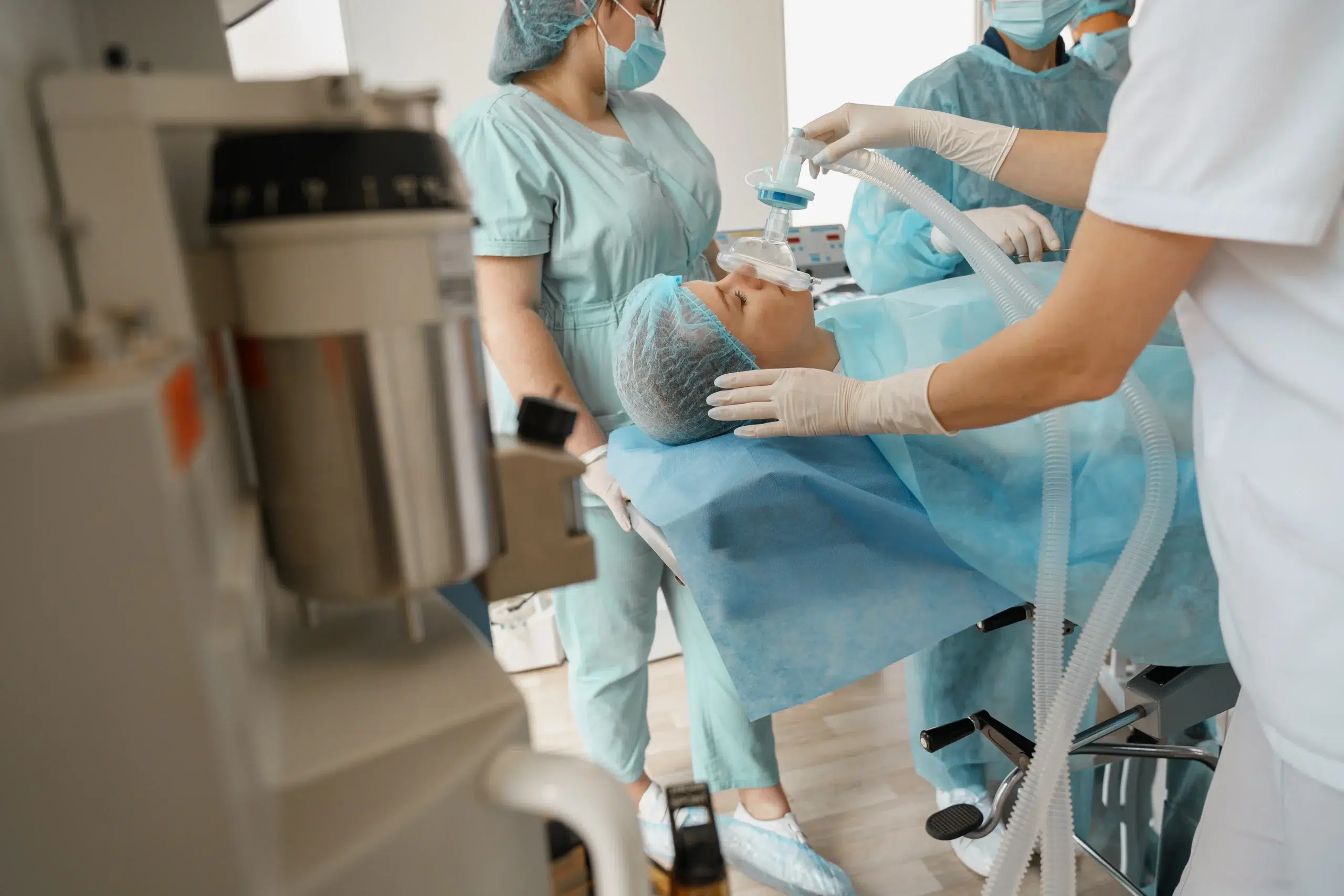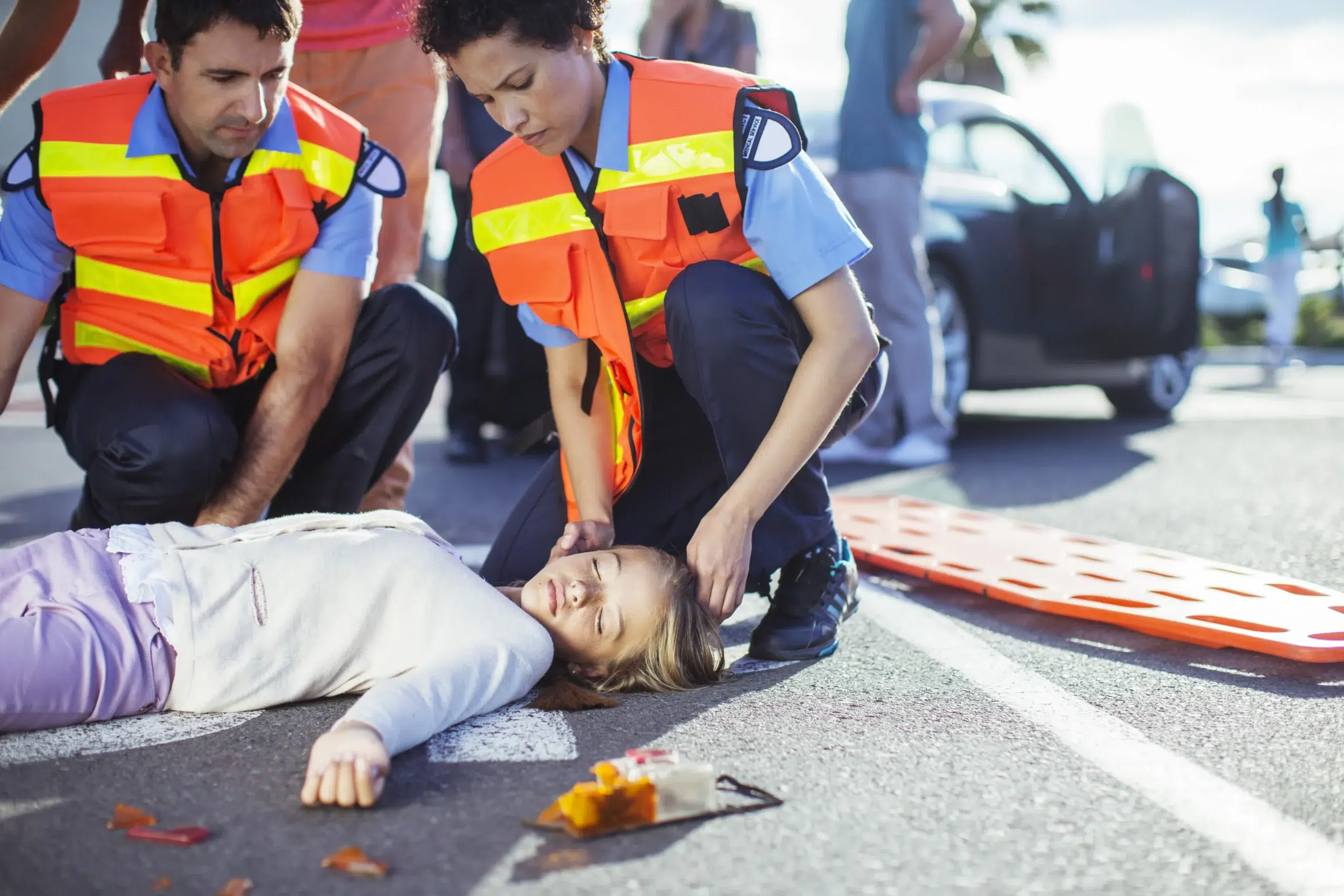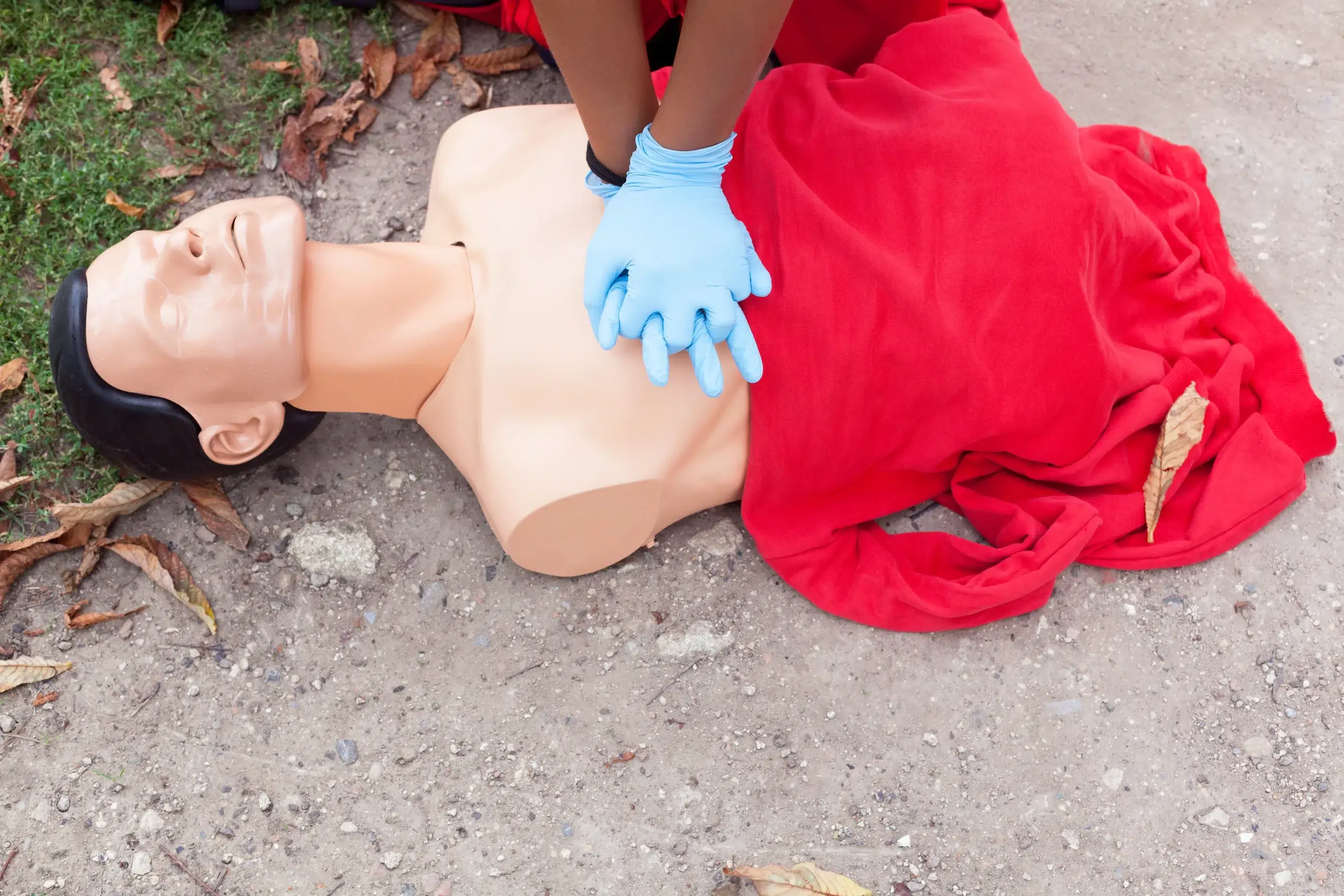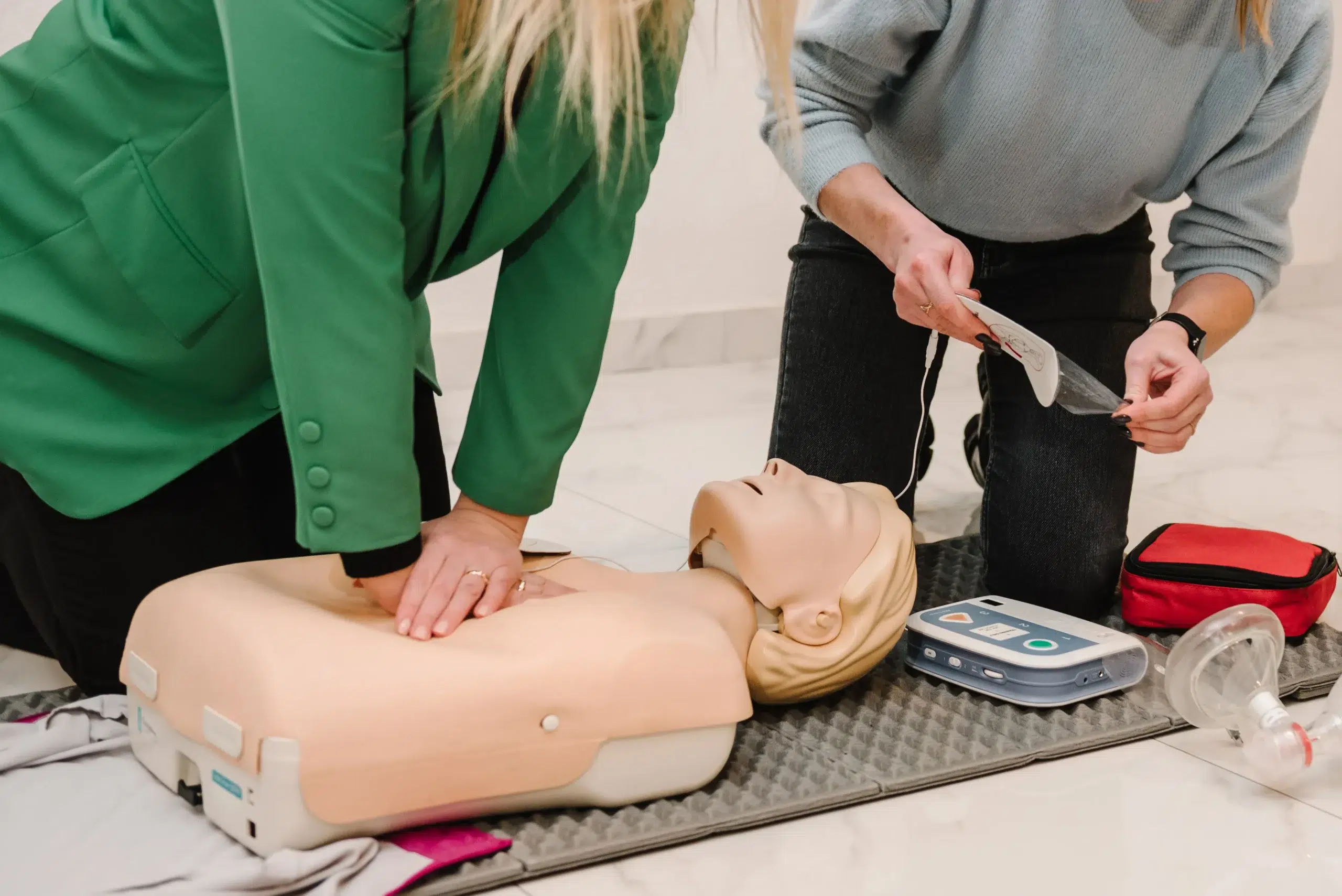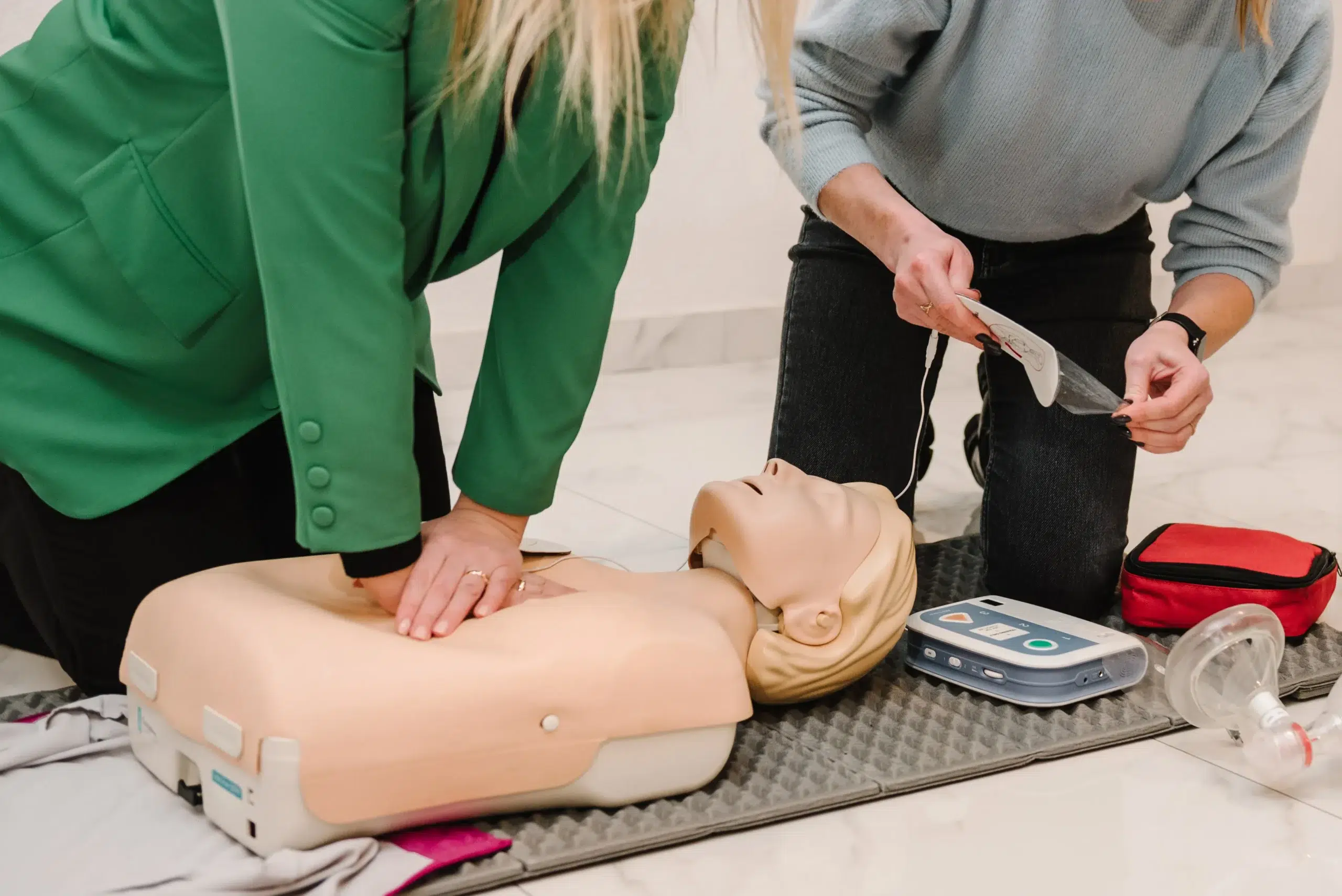In a medical emergency, every second counts. Knowing CPR can give you the confidence and skills to act quickly and potentially save a life. If you’ve been searching for “CPR courses near me,” you’re taking an important step towards being prepared for the unexpected. This guide will help you understand the different levels of CPR training, from basic life support to more advanced certifications. We’ll also cover how to choose a reputable training provider, what to expect during a CPR class, and how to find courses that fit your budget and schedule.
Key Takeaways
- CPR training equips you to handle medical emergencies: Find a course that aligns with your individual needs, whether you’re a healthcare professional, parent, or caregiver. Explore options from basic CPR to advanced certifications.
- Selecting the right course involves several key considerations: Think about your learning style, schedule, required certification type, and the specific skills you want to develop.
- Reputable training providers offer a range of options: Research organizations like the American Heart Association, American Red Cross, and local providers such as Citrus Heights CPR Classes to find high-quality instruction and recognized certification.
What is CPR and Why is it Important?
What is CPR and why does it matter?
CPR (Cardiopulmonary Resuscitation) is a lifesaving technique used in emergencies when someone’s heartbeat or breathing has stopped. It combines chest compressions and rescue breaths to keep blood flowing and oxygen going to vital organs until professional medical help arrives. Over 500,000 cardiac arrests occur each year in the US, making CPR training a critical skill. Learning CPR can empower you to make a real difference in a life-or-death situation. For comprehensive training, check out our American Heart Association BLS course.
Who needs CPR training?
CPR training is valuable for a wide range of people. Healthcare providers, including doctors, nurses, and EMTs, often need certifications like BLS (Basic Life Support) or ACLS (Advanced Cardiovascular Life Support) to maintain their professional credentials. But it’s not just for medical professionals. Parents, caregivers, teachers, coaches—anyone who works with children or the public benefits from knowing CPR and basic first aid. Even if you don’t work in a high-risk environment, having these skills can be invaluable in unexpected emergencies. Explore our CPR classes to find the right fit for you.
Which CPR course is right for me?
Choosing the right CPR course depends on your specific needs and goals. If you’re a healthcare professional, you’ll likely need a certification course aligned with industry standards, such as those offered by the American Heart Association. Citrus Heights CPR Classes offers a variety of options, from basic CPR and first aid to advanced certifications like ACLS and PALS. Consider your schedule and preferred learning style when making your decision. Do you prefer a traditional group class, in-home training, or a blended online option? Contact us to discuss your needs and find the perfect fit. We also offer discount group classes to make training more accessible.
Find the Right CPR Course Near You
Finding the right CPR course involves a few key steps. Think about what you need from your training, where you prefer to learn, and what kind of certification you’re after. Here’s a breakdown to help you find the perfect fit:
How do I find reputable CPR training?
Start by researching various training centers near you. Look into their pricing, what’s included in their course fees, and whether they offer group discounts. It’s crucial to choose a center accredited by a recognized organization like the American Heart Association (AHA) or the Red Cross. This ensures your training meets nationally accepted standards. Citrus Heights CPR Classes, for example, offers a low price guarantee and teaches courses aligned with AHA guidelines.
Compare CPR courses and certifications
CPR training isn’t one-size-fits-all. Different courses cater to different needs. Basic Life Support (BLS certification) is often required for healthcare providers, while a general CPR and First Aid course might be suitable for teachers, coaches, or parents. Compare course content, the length of the training, and how long your certification will remain valid before committing.
In-person, online, or hybrid?
Think about your learning style and schedule. Do you prefer hands-on, in-person instruction? Or would an online course offer more flexibility? Some providers offer hybrid courses that combine online learning with in-person skills sessions. This blended approach can be a great way to get the best of both worlds.
What are my learning needs?
Your profession or personal circumstances will influence the type of CPR training you need. Healthcare professionals, for instance, often require specialized certifications like Advanced Cardiovascular Life Support (ACLS) and Pediatric Advanced Life Support (PALS). If you’re a parent, grandparent, or caregiver, a course focusing on infant and child CPR and First Aid would be most relevant. Consider your specific situation and choose a course that aligns with your goals. If you’re unsure, contact a training center like Citrus Heights CPR Classes—they can help you find the right fit. They can help you explore the various courses available.
What Happens in CPR Training?
So, you’ve decided to get CPR certified—fantastic! You’re probably curious about what the training involves. CPR classes are designed to be straightforward and empower you with the skills to potentially save a life. Here’s a look at what you can expect:
How long is CPR training?
CPR courses vary in length depending on the provider and the type of certification you pursue. Basic Life Support (BLS certification) classes for the general public are usually a few hours long, often fitting conveniently into a single afternoon or evening. More specialized training, such as Advanced Cardiovascular Life Support (ACLS) or Pediatric Advanced Life Support (PALS), typically takes a full day or longer because of the more advanced material covered.
What will I learn?
CPR training covers the essential skills you’ll need in a cardiac emergency. You’ll learn how to perform chest compressions, deliver rescue breaths, and operate an automated external defibrillator (AED). Many courses also include training on infant and child CPR, how to help someone who is choking, and basic first aid techniques. The goal is to prepare you to respond quickly and effectively in a crisis.
How do I get certified?
To become CPR certified, you must successfully complete a training course with a recognized provider, such as the American Heart Association (AHA) or the American Red Cross. Certification typically involves a practical skills test and a written exam. After successfully completing these requirements, you’ll receive a certification card, usually valid for two years, as proof of your CPR credentials. It’s always a good idea to check with your employer or professional licensing board to confirm any specific certification requirements for your field. Citrus Heights CPR Classes offers a range of certification courses to meet diverse needs.
How Much Does CPR Certification Cost?
Getting CPR certified is an investment in yourself and your community. But how much does it actually cost? Let’s break down the factors that influence CPR course pricing and explore ways to make training more affordable.
CPR Course Costs
CPR course costs vary based on several factors, including the type of course, the training provider, and your location. Basic CPR classes typically range from $20 to $55. Pediatric CPR training usually costs between $25 and $40. A combined CPR and First Aid course typically falls between $40 and $60. Citrus Heights offers a variety of CPR courses to meet different needs, from basic life support for the community to advanced training for healthcare professionals. For more information on our Basic Life Support (BLS) course, visit our American Heart Association BLS page.
Discounts and Financial Aid
Looking to save on your CPR training? Many training centers offer discounts for groups, students, or organizations. Check with your employer or school to see if they offer subsidized training programs or reimbursements. For information about our group discounts, please contact us or visit our group discount page. Some providers also offer flexible scheduling options, such as in-home or in-office training, to make it easier to fit training into your busy schedule. We also offer a low price guarantee to ensure you’re getting the best value.
Benefits of CPR Certification
While cost is a factor, consider the invaluable benefits of CPR certification. Learning CPR empowers you to respond confidently during medical emergencies and potentially save a life. A CPR certification is a valuable credential recognized by employers, especially in healthcare, education, and childcare. Plus, knowing you have the skills to help in a crisis brings peace of mind. Accredited online CPR certifications are recognized by employers and regulatory bodies, just like in-person courses. CPR training is essential for creating a safe environment, whether at home, at work, or in the community. For healthcare professionals, maintaining current certifications through programs like our RQI courses is crucial for career advancement and providing high-quality patient care.
Best CPR Training Providers
Finding the right CPR training provider is crucial for receiving high-quality instruction and a recognized certification. Several respected organizations and local providers offer CPR courses, each with its own strengths. Here’s a rundown of some excellent options:
American Heart Association (AHA)
The American Heart Association sets the standard for CPR training and offers a range of courses, from Basic Life Support (BLS) for healthcare providers to Heartsaver courses for the general public. AHA certifications are widely accepted and respected. Their courses are known for their comprehensive curriculum and emphasis on high-quality instruction.
American Red Cross
The American Red Cross is another respected provider of CPR training. They offer various courses, including in-person, online, and blended learning options. Red Cross certifications are widely recognized. Their programs cater to various needs, from individuals seeking basic CPR skills to professionals requiring more advanced certifications.
National Safety Council (NSC)
The National Safety Council offers CPR and first aid training programs for both healthcare professionals and the general public. NSC courses focus on practical skills and the knowledge needed for effective emergency response. They provide various training options to meet different needs.
Citrus Heights CPR Classes
Citrus Heights CPR Classes offers a comprehensive range of CPR and first aid training right here in Citrus Heights. They provide certification courses in BLS, ACLS, PALS, and more. With flexible scheduling and a focus on community needs, they are a convenient local option. They also offer discount group classes and specialized training like the RQI program for healthcare professionals. For questions or to learn about their low price guarantee, contact them.
Local Hospitals and Fire Departments
Many local hospitals and fire departments offer CPR training courses to their communities. These courses are often taught by experienced professionals and can provide valuable hands-on training. Check with your local hospital or fire department for their course offerings.
Related Articles
- Why CPR is Important in Healthcare – Citrus Heights CPR Classes
- The Importance of CPR in Saving Lives
- Common CPR Myths Everyone Should Know
- Best CPR Training in Sacramento: Courses and Providers
- CPR Courses in Orangevale: Find the Right Class for You – Citrus Heights CPR Classes
Frequently Asked Questions
How do I choose between CPR and First Aid training? CPR focuses on life-threatening situations where someone’s breathing or heartbeat has stopped. First Aid covers a broader range of injuries and illnesses, from minor cuts and burns to more serious conditions like choking or allergic reactions. Many courses combine CPR and First Aid training, offering comprehensive skills for various emergencies. Consider your individual needs and potential risks when deciding which course is right for you.
What if I’m nervous about performing CPR in a real emergency? It’s completely normal to feel apprehensive about using CPR in a high-pressure situation. CPR training emphasizes building confidence through hands-on practice and realistic scenarios. Instructors create a supportive learning environment where you can ask questions and practice your skills until you feel comfortable. Remember, even basic CPR can significantly improve someone’s chances of survival.
How often do I need to renew my CPR certification? CPR guidelines and best practices are regularly updated, so renewing your certification every two years is generally recommended. This ensures your knowledge and skills are current. Check with your employer or professional licensing board for specific renewal requirements in your field.
Are online CPR certifications valid? Yes, many online CPR certifications are valid and accepted by employers, especially for those needing general knowledge or recertification. However, it’s essential to choose an accredited online program that includes a hands-on skills assessment component. This blended approach combines the convenience of online learning with the practical experience needed to perform CPR effectively. Always verify with your employer or licensing board to ensure they accept online certifications.
What if I have physical limitations? Can I still learn CPR? Absolutely. CPR instructors are trained to adapt techniques for individuals with physical limitations. Discuss your concerns with your instructor before the class, and they can work with you to find modifications that allow you to participate fully and learn the essential skills. The goal is to empower everyone to provide assistance in an emergency, regardless of physical abilities.


